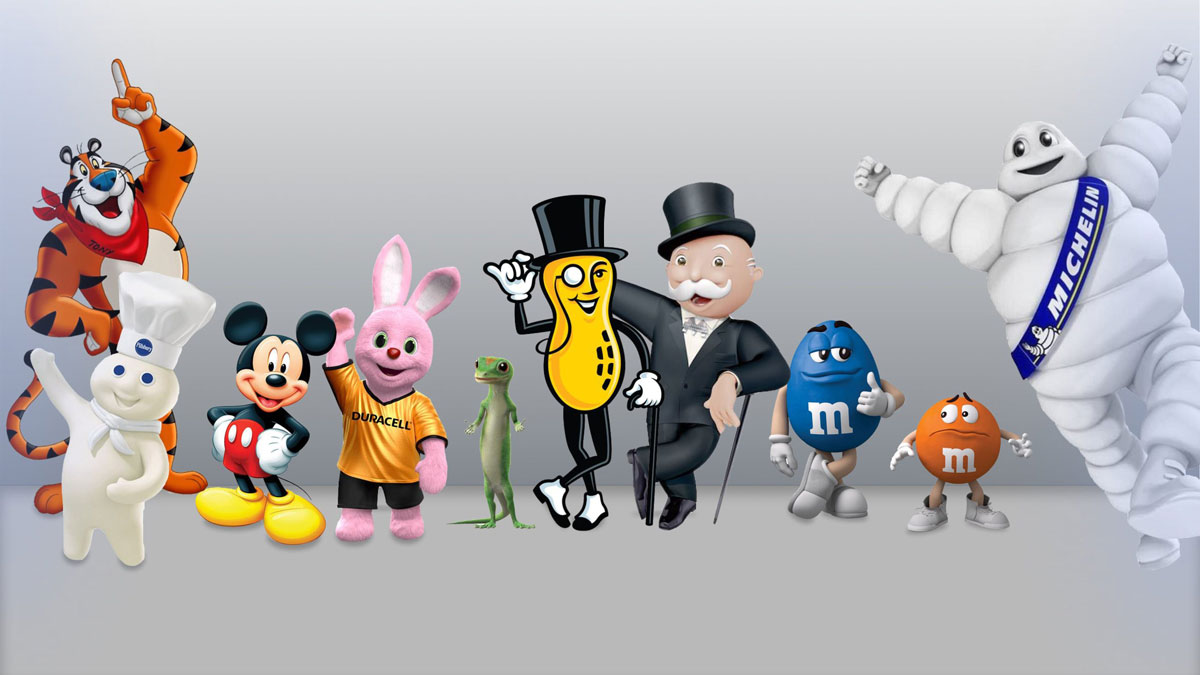
Key Takeaways:
- Popular brand mascots are recognizable characters created to personify a brand and make it more relatable, memorable, and emotionally engaging for audiences.
- Well-known mascots like food, retail, and FMCG characters succeed by maintaining visual consistency and personality across advertising, packaging, and media appearances.
- These mascots often outlive campaigns and trends, becoming long-term brand assets that audiences associate with trust, familiarity, and brand identity
- Brands use mascots to simplify messaging, humanize products, and stand out in competitive markets where differentiation is difficult.
How do brand mascots turn simple companies into cultural icons?
From the Michelin Man (1898) to Duolingo’s Duo (2012), the most successful and famous brand mascots share one secret: Character Equity. At Dream Farm Agency, we define this as a visual character’s specific ability to humanize a brand and drive retention. Not just art, but equity.
The financial impact is real. Industry data reveals that campaigns featuring active mascots can increase profit by up to 34% compared to those using static logos alone.
Tactics change, but the rule remains. Personification builds profit. Whether you need inspiration to create your brand mascot or are studying the history of mascots, analyzing the masters is the first step.
Here is our curated list of the 50 most influential brand mascots ever created, spanning over 100 years of marketing history.
List of popular and famous brand mascots
- The Michelin Man (Bibendum) (1898) – Michelin
- Mr. Peanut (1916) – Planters (Hormel Foods)
- Tony the Tiger (1952) – Kellogg’s (Kellanova)
- Foxy (Firefox) (2004) – Mozilla
- Doughboy (1965) – Pillsbury (General Mills)
- Morton Salt Girl (1914) – Morton Salt
- Jolly Green Giant (1928) – Green Giant (B&G Foods)
- Quaker Oats Man (1877) – Quaker Oats (PepsiCo)
- Monopoly Man (1936) – Hasbro
- Duracell Bunny (1973) – Duracell
- The Brawny Man (1974) – Brawny (Georgia-Pacific)
- GEICO Gecko (1999) – GEICO
- Sonic the Hedgehog (1991) – SEGA
- M&M’s Spokescandies (1954) – Mars, Inc.
- KFC’s Colonel Sanders (1952) – KFC (Yum! Brands)
- Burger King’s The King (1955) – Burger King (RBI)
- Mickey Mouse (1928) – The Walt Disney Company
- Nesquik Bunny (1973) – Nestlé
- The Aflac Duck (2000) – Aflac
- The Energizer Bunny (1989) – Energizer
- Ronald McDonald (1963) – McDonald’s
- The Trix Rabbit (1959) – General Mills
- Mr. Clean (1958) – Procter & Gamble
- Chester Cheetah (1986) – Frito-Lay (PepsiCo)
- The Kool-Aid Man (1954) – Kraft Heinz
- Snap, Crackle, and Pop (1933) – Kellogg’s (Kellanova)
- Toucan Sam (1963) – Kellogg’s (Kellanova)
- Cap’n Crunch (1963) – Quaker Oats (PepsiCo)
- Freddy (2001) – Mailchimp (Intuit)
- Android Robot (Bugdroid) (2007) – Google (Alphabet)
- McGruff the Crime Dog (1980) – National Crime Prevention Council
- Miss Chiquita (1944) – Chiquita Brands International
- BuzzBee (1979) – General Mills
- The Laughing Cow (1921) – Fromageries Bel
- MGM’s Leo the Lion (1916) – Metro-Goldwyn-Mayer (Amazon)
- Gerber Baby (1928) – Gerber (Nestlé)
- Juan Valdez (1958) – Nat. Fed. of Coffee Growers of Colombia
- Lucky the Leprechaun (1964) – General Mills
- Geoffrey the Giraffe (1965) – Toys “R” Us
- Pac-Man (1980) – Bandai Namco
- Marlboro Man (1954) – Philip Morris USA
- Flo (2008) – Progressive
- The Most Interesting Man in the World (2006) – Dos Equis (Heineken)
- Chick-fil-A Cows (1995) – Chick-fil-A
- Julius Pringles (1967) – Pringles (Kellanova)
- Pikachu (1996) – The Pokémon Company
- Mario (1981) – Nintendo
- Smokey Bear (1944) – U.S. Forest Service
- Coca-Cola Polar Bears (1922) – The Coca-Cola Company
- Duo (2012) – Duolingo
The Michelin Man (Bibendum)
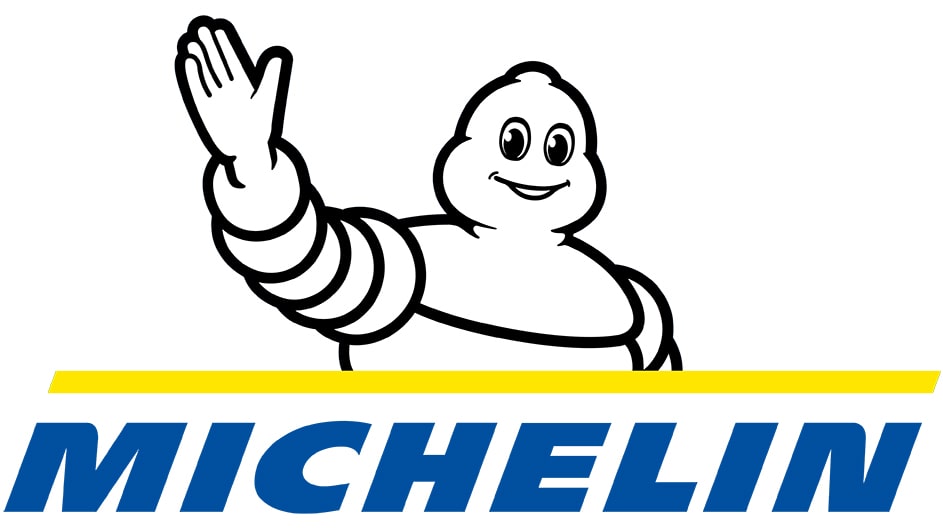
The Michelin Man, also known as Bibendum, first emerged in 1894 and has since become an iconic figure in the tire industry. With his distinctive appearance made of tires, Bibendum instantly captured consumers’ attention.
Michelin’s strategy with the Michelin Man centered around promoting the durability and reliability of their tires. Bibendum was depicted in advertisements as a trustworthy companion for motorists, emphasizing Michelin’s commitment to safety and quality.
The effect on customers was profound, as the Michelin Man became synonymous with dependability and excellence, helping to solidify Michelin’s position as a leader in the tire market.
Mr. Peanut; Planters
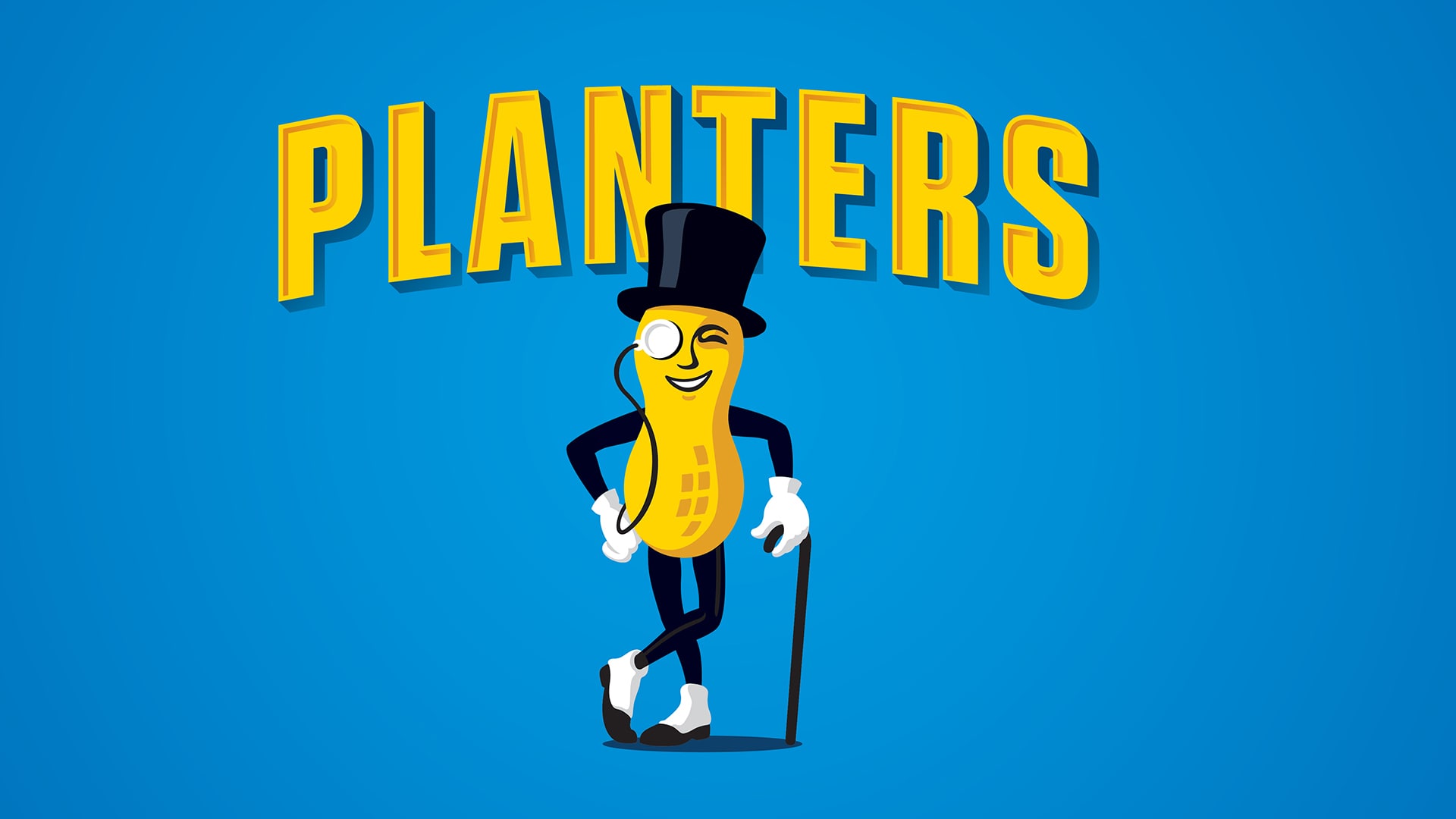
Mr. Peanut, the anthropomorphic mascot of Planters, first appeared in 1916 and became a symbol of the whole peanut industry. With his top hat, monocle, and cane, Mr. Peanut exudes elegance and charm, and consumers associate the brand with premium nuts and snacks.
Planters’ strategy with Mr. Peanut focused on creating a distinguished persona that set their products apart from competitors. Through advertising campaigns and product packaging, Mr. Peanut became synonymous with the brand’s commitment to excellence and sophistication.
In a surprising turn of events, Planters announced the “death” of their iconic mascot, Mr. Peanut, in a pre-Super Bowl ad in 2020. This bold marketing move generated widespread attention and speculation.
Following Mr. Peanut’s demise, Planters introduced “Baby Nut” during the Super Bowl, portraying a rejuvenated and adorable version of their classic mascot. Baby Nut quickly captured viewers’ hearts with its endearing charm, marking a fresh chapter for the Planters brand.
Tony the Tiger; Kellogg
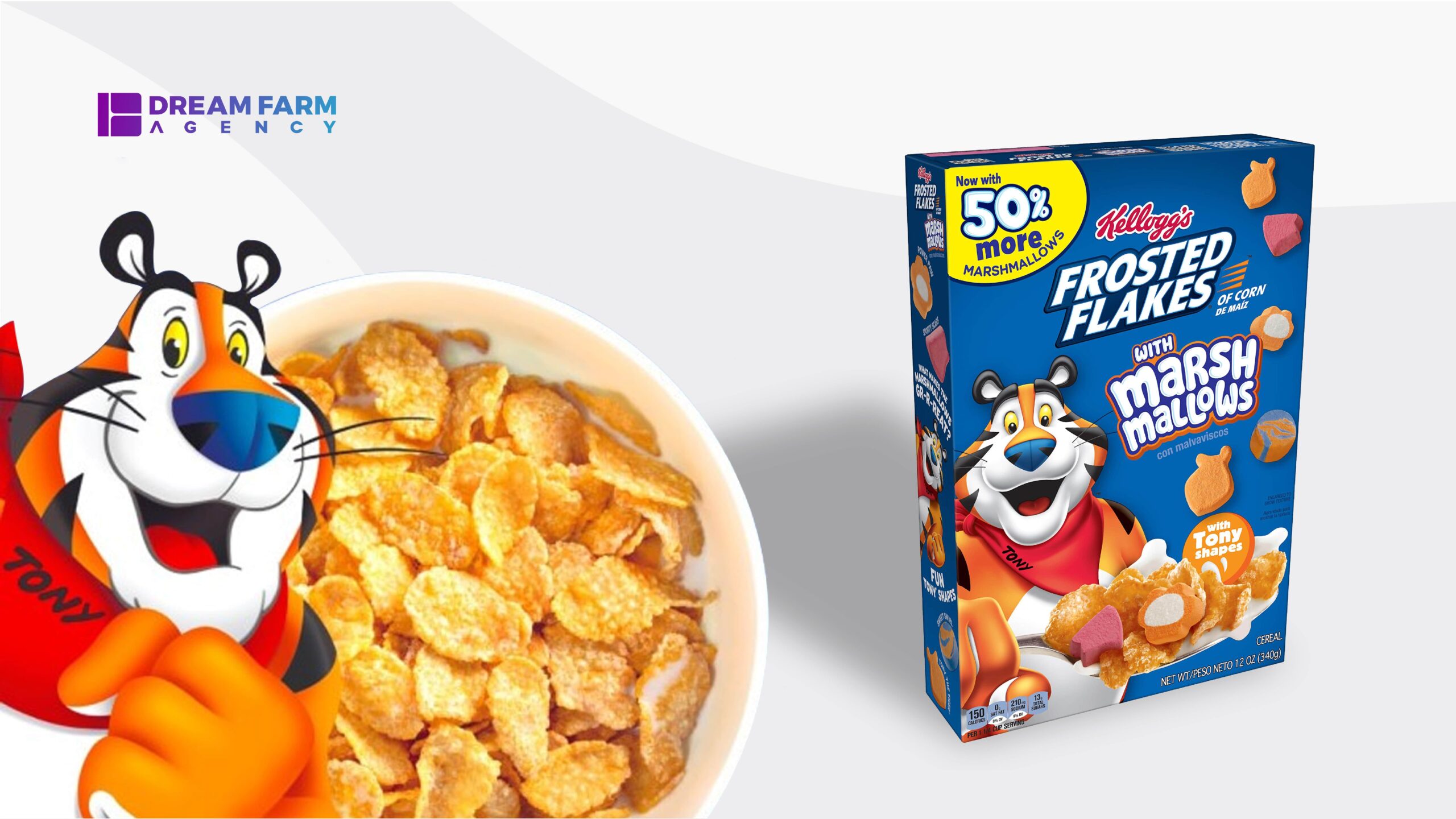
Tony the Tiger, Kellogg’s Frosted Flakes brand mascot, stands out as an iconic figure in the world of breakfast cereals. His charismatic personality and catchphrase “They’re Gr-r-reat!” set Tony apart, which has become synonymous with the brand.
Kellogg’s strategy with Tony the Tiger involves portraying him as a friendly and encouraging figure, urging consumers to start their day with a bowl of Frosted Flakes. Through television commercials, packaging, and various promotional materials, Tony embodies the brand’s message of positivity and energy.
His effect on customers is profound. Tony’s enthusiastic presence reinforces brand loyalty and inspires consumers to embrace a vibrant and optimistic outlook, making their breakfast experience with Frosted Flakes memorable and enjoyable.
Foxy; Firefox

The Firefox mascot, designed by Dream Farm Agency for Mozilla’s Firefox Lite mobile browser, was crafted to connect with users worldwide, especially in emerging markets. The brand mascot design process involved in-depth research and creative brainstorming, resulting in a character that is universally appealing, energetic, culturally inclusive, gender-neutral, and fun, perfectly capturing the spirit of the browser.
Dream Farm Agency presented Mozilla with various design options, from super-powered to child-like, and from animal to human, ensuring a wide range of possibilities. The final design process included 3D modeling and illustration to prepare the fox character for diverse multimedia use across apps, social media, blogs, advertising, and more.
Doughboy; Pillsbury

With his adorable giggles and playful demeanor, the Pillsbury Doughboy is a beloved brand mascot for Pillsbury. His endearing charm and iconic “Poke Me!” catchphrase make him unique, which have endeared him to generations of consumers.
Pillsbury’s strategy with the Doughboy revolves around portraying him as a symbol of warmth and comfort, representing the joy of baking and the deliciousness of Pillsbury products.
The Doughboy invites customers into the kitchen with whimsy and delight through television commercials, product packaging, and digital media.
The Doughboy mascot enhances brand recognition and evokes feelings of nostalgia and happiness. He has made baking with Pillsbury a cherished tradition for families worldwide.
Morton Salt Girl
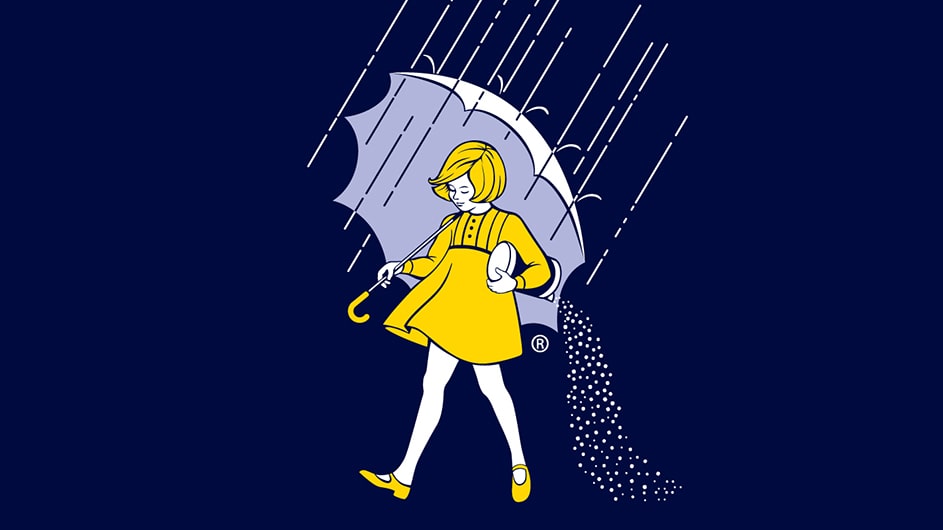
The Morton Salt Girl, with her timeless appearance and iconic umbrella, stands out as a cherished brand mascot for Morton Salt. What makes her unique is her enduring charm and the memorable slogan “When It Rains, It Pours,” which has become synonymous with the brand.
Morton Salt’s strategy with the Salt Girl revolves around portraying her as a symbol of reliability and resilience, representing the brand’s commitment to quality and consistency.
The Salt Girl offers a comforting presence through advertisements on sunny and rainy days. Her effect on customers is profound. She improves brand awareness and evokes a sense of trust and dependability, making Morton Salt a trusted choice for households across generations.
Jolly Green Giant
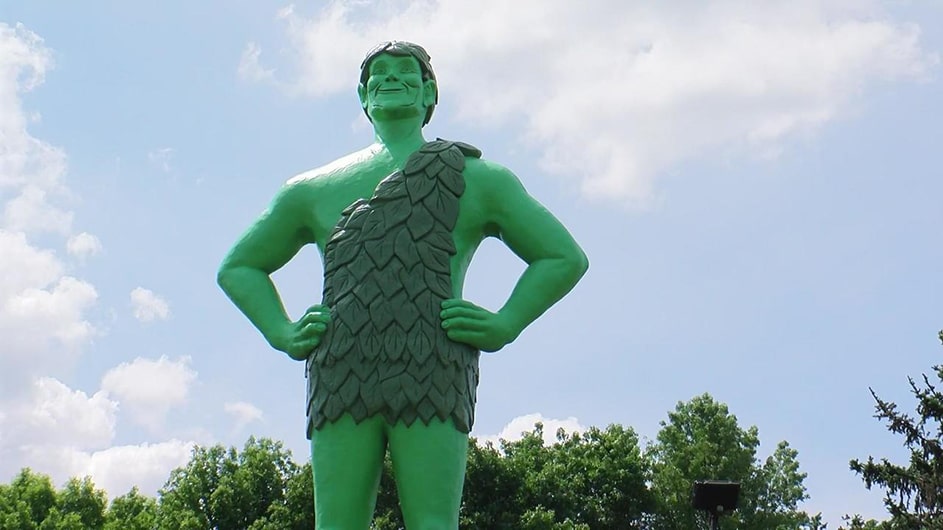
The Jolly Green Giant, representing the Green Giant brand, stands as a distinctive and beloved mascot. His towering stature and warm, welcoming demeanor set him apart, embodying the brand’s ethos of freshness and wholesomeness.
Green Giant’s strategy with the Jolly Green Giant revolves around portraying him as a symbol of abundance and vitality, reflecting the brand’s commitment to providing high-quality vegetables.
The Jolly Green Giant invites consumers to embrace a healthier lifestyle with the brand’s fresh produce through television commercials, product packaging, and advertising campaigns.
The Jolly Green Giant mascot builds brand recognition and inspires consumer trust and loyalty. It has made Green Giant a preferred choice for wholesome and nutritious vegetables.
Quaker Oats Man
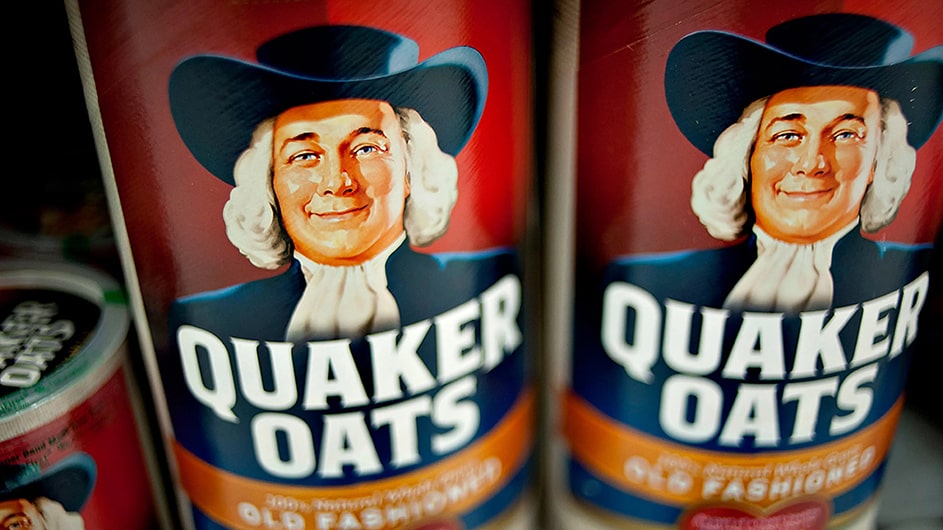
The Quaker Oats Man, the brand mascot for Quaker Oats, is a figure of enduring significance and warmth. His timeless appearance, characterized by his white hair, hat, and welcoming expression, makes him unique, symbolizing tradition and wholesomeness.
Quaker’s strategy with the Quaker Oats Man revolves around portraying him as a symbol of nourishment and authenticity, reflecting the brand’s commitment to providing hearty and nutritious oats.
Through various marketing channels, including television commercials, product packaging, and digital media, the Quaker Oats Man encourages consumers to start their day with a nutritious breakfast.
He evokes a sense of trust and reliability, making Quaker Oats a trusted choice for wholesome breakfast options.
Monopoly Man (Mr. Monopoly)
The Monopoly Man, also known as Mr. Monopoly, is the brand mascot for the popular board game Monopoly. His distinguished appearance, characterized by his top hat, monocle, and mustache, exudes a sense of sophistication and wealth.
The strategy behind Mr. Monopoly aims to portray him as a symbol of success and prosperity, reflecting the game’s premise of amassing wealth through property ownership and strategic investments.
Through various marketing campaigns and product promotions, Mr. Monopoly captivates consumers with his charismatic presence. He entices them to engage with the game and indulge in the fantasy of financial achievement.
Mr. Monopoly mascot deepens brand familiarity and sparks excitement and nostalgia, making Monopoly a timeless favorite among players of all ages.
Duracell Bunny
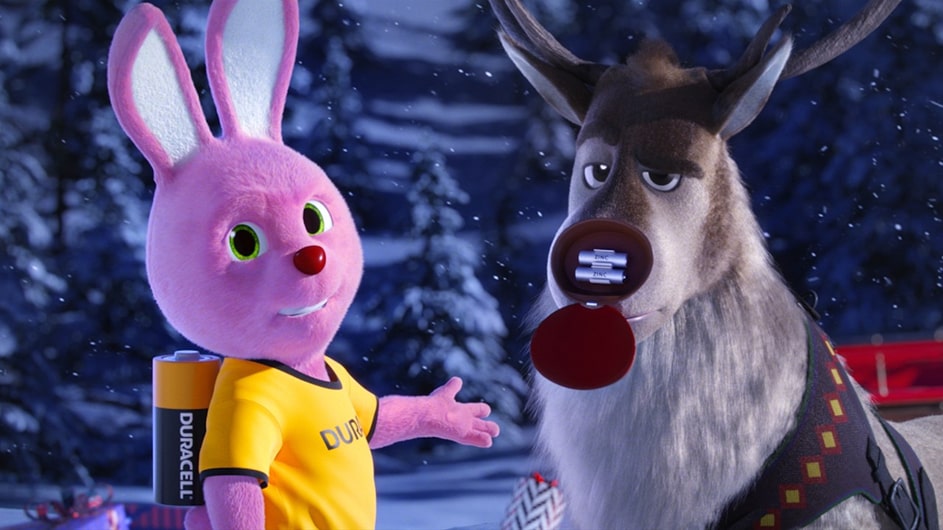
The Duracell Bunny, synonymous with the Duracell brand, stands out as an iconic mascot. Its energetic and unstoppable persona makes it memorable, symbolizing the long-lasting power of Duracell batteries.
It is portrayed as a symbol of reliability and endurance, showcasing the brand’s commitment to providing high-quality batteries that outlast the competition.
The Duracell Bunny captures the imagination of consumers, emphasizing the importance of dependable power sources for everyday devices. It reinforces brand loyalty and instills confidence in the reliability of Duracell batteries.
The Brawny Man
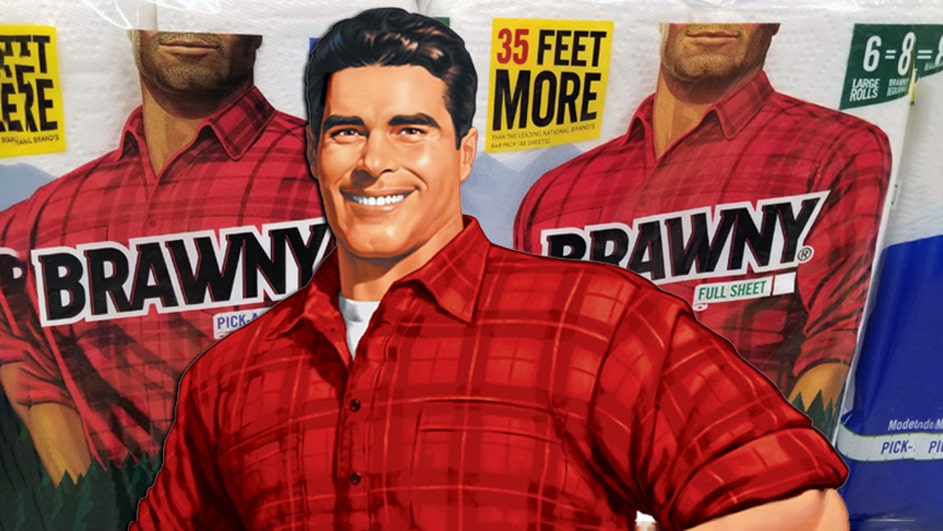
The Brawny Man, the brand mascot for Brawny paper towels, embodies strength, reliability, and resilience. With his rugged appearance and confident demeanor, the Brawny Man stands as a symbol of capability and dependability.
He represents a trustworthy ally in tackling tough messes and spills. The Brawny Man showcases Brawny paper towels’ superior absorbency and durability through various marketing campaigns and product promotions.
It is aimed to appeal to consumers who prioritize quality and effectiveness in their cleaning products and could develop consumer trust.
GEICO Gecko

The GEICO Gecko is a digital brand mascot synonymous with the insurance company’s marketing campaigns. Gecko’s witty personality and charming British accent make him exceptional, which set him apart in a crowded insurance industry.
GEICO’s strategy with the Gecko revolves around using humor and relatability to connect with consumers and simplify complex insurance concepts. Through a series of memorable television commercials and online advertisements, the Gecko has effectively engaged customers, making GEICO a top choice for insurance needs.
Sonic the Hedgehog (SEGA)
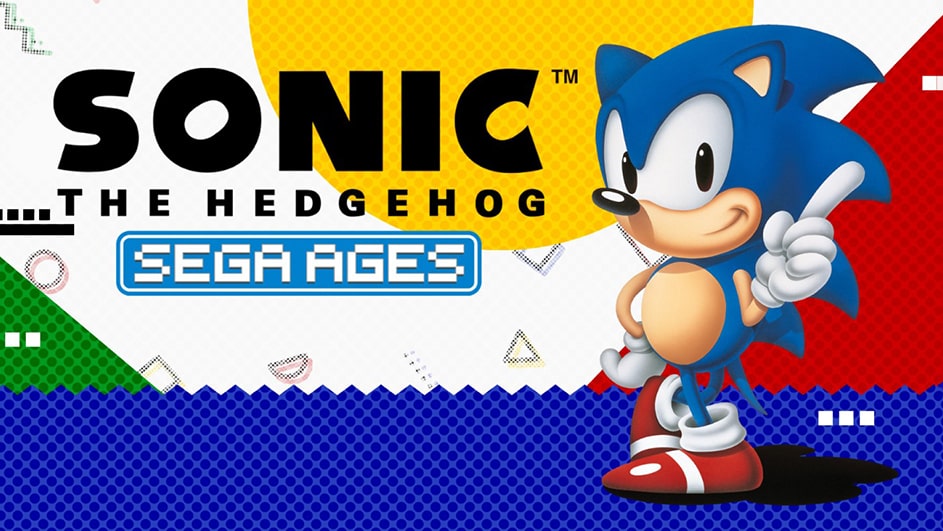
Sonic the Hedgehog, SEGA’s digital mascot, embodies speed, adventure, and nostalgia, making him a beloved figure for gamers of all ages. With his iconic blue hue and vigorous energy, Sonic continues to captivate audiences and drive engagement across various platforms.
SEGA’s strategy with Sonic is to develop its popularity to promote new game releases, merchandise, and entertainment ventures. Through social media engagement, interactive websites, and live events, Sonic creates a loyal fan base and sustains SEGA’s relevance in the ever-evolving gaming industry.
M&M’s Spokescandies
The M&M’s Spokescandies, including characters like Red, Yellow, and Green, captivate audiences with their colorful personalities and lighthearted humor. As digital ambassadors, the Spokescandies are essential in promoting M&M’s products and engaging consumers across various channels.
Mars, Incorporated’s strategy with the Spokescandies emphasizes their iconic status and universal appeal to connect with diverse audiences. Through marketing campaigns, interactive content, and multimedia experiences, the Spokescandies contribute to M&M’s enduring popularity and market dominance in the confectionery industry.
KFC’s Colonel Sanders
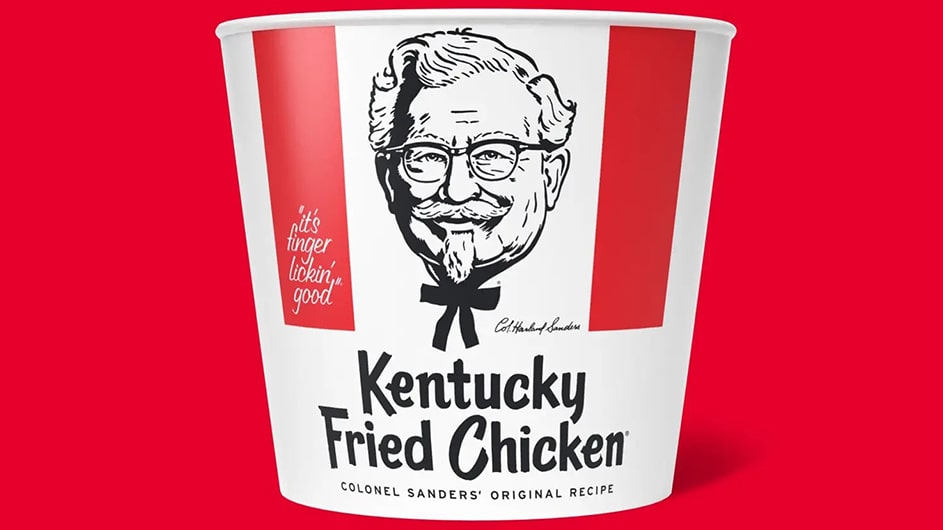
Colonel Sanders, the iconic Kentucky Fried Chicken (KFC) founder, undergoes a digital transformation to engage with modern audiences while preserving the brand’s heritage and legacy.
As a brand mascot, Colonel Sanders represents KFC’s dedication to quality, tradition, and innovation in the fast-food industry. KFC’s strategy with Colonel Sanders is to utilize his image and persona to promote new menu items, limited-time offers, and marketing campaigns.
Through social media platforms, interactive websites, and augmented reality experiences, Colonel Sanders connects with consumers, drives foot traffic to KFC restaurants, and enhances brand loyalty among finger-lickin’s good chicken fans.
Burger King’s The King

The King, Burger King’s enigmatic brand mascot, disrupts marketing conventions with surreal and attention-grabbing campaigns that challenge consumer expectations. As the face of the brand, The King embodies Burger King’s unconventional approach to fast food.
Burger King’s strategy with The King tries to generate buzz and social media engagement through unexpected and audacious marketing initiatives.
Through viral videos, interactive content, and guerrilla marketing tactics, The King captures the imagination of consumers, improves brand awareness, and boosts customer engagement for Burger King.
Mickey Mouse
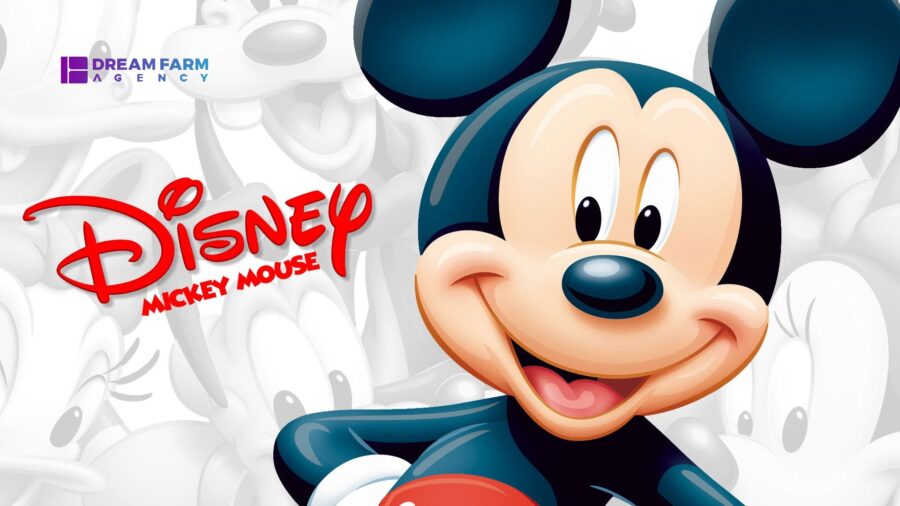
Disney’s iconic mascot, Mickey Mouse, transcends generations with his timeless charm and enduring appeal. Mickey can adapt to new technologies and immersive experiences while retaining his nostalgic allure.
Disney employs Mickey’s universal recognition to promote new theme park attractions, merchandise, and entertainment ventures. Through interactive apps, augmented reality experiences, and virtual reality adventures, Mickey captivates audiences and fosters emotional connections with fans worldwide.
His effect on customers is profound, as Mickey strengthens brand loyalty and creates joy and wonder, making Disney a beloved household name for families and Disney enthusiasts alike.
Nesquik Bunny

The Nesquik Bunny, a beloved mascot for Nestlé’s Nesquik brand, stands out with its playful and energetic persona, captivating audiences worldwide. What makes the Bunny unique is its association with the Nesquik brand and its ability to evoke nostalgia and joy among consumers, especially children.
Nestlé uses this iconic image and cheerful personality to promote Nesquik’s chocolate milk products and breakfast essentials. Through animated television commercials, interactive online content, and promotional events, the Nesquik Bunny engages with consumers, reinforcing brand loyalty and driving sales.
The Bunny boosts the emotional connection between consumers and the Nesquik brand and inspires a sense of fun and adventure, making Nesquik a favorite choice for families seeking delicious and nutritious beverages.
The Aflac Duck
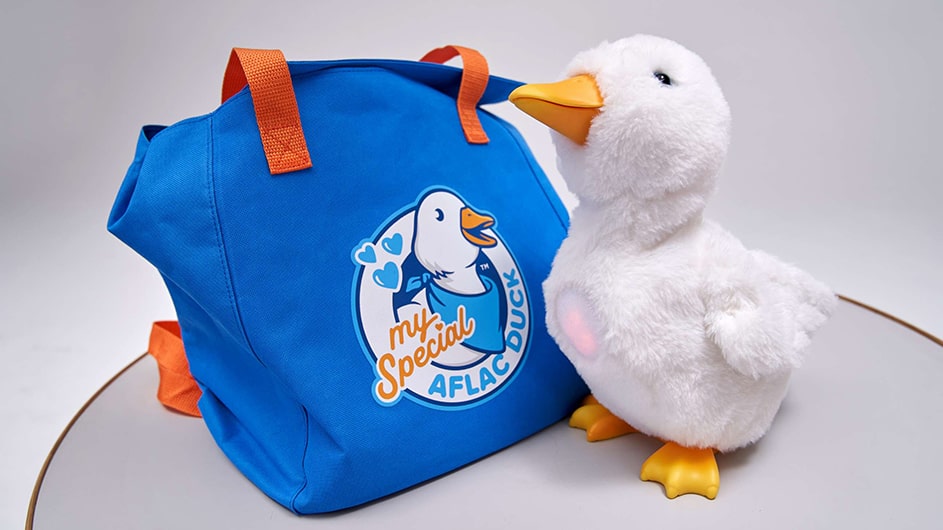
The Aflac Duck, Aflac’s beloved mascot for its supplemental insurance products, stands out with its distinctive quack and compassionate demeanor. It symbolizes peace of mind and financial security.
Duck’s ability to convey complex insurance concepts makes it popular, resonating with consumers facing health-related uncertainties. Aflac’s strategy with the Duck revolves around using its endearing image and memorable catchphrase “Aflac!” to promote the brand’s insurance solutions and drive customer engagement.
Through animated commercials, social media campaigns, and community outreach efforts, the Aflac Duck connects with consumers, supporting brand trust and loyalty and increasing awareness of Aflac’s offerings.
The Energizer Bunny
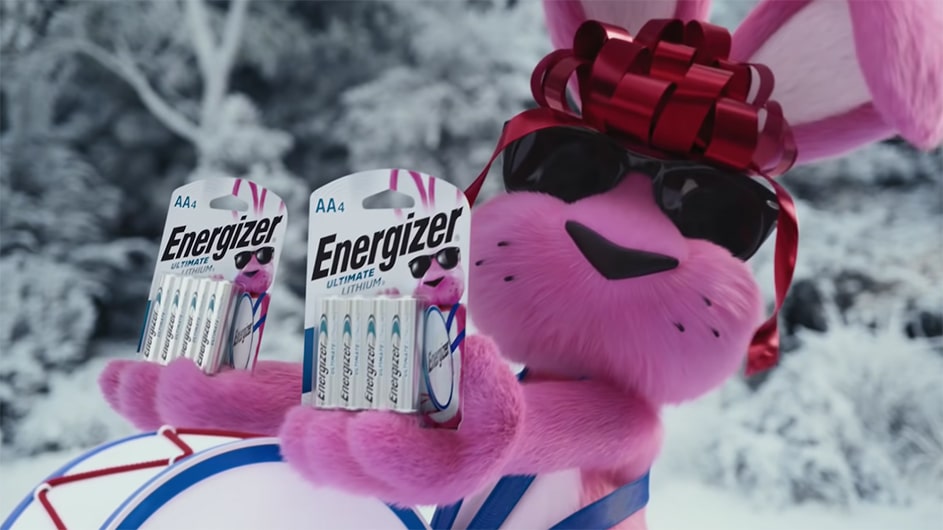
The Energizer Bunny, Energizer’s iconic mascot for its batteries, stands out with its irreverent and unstoppable persona. It symbolizes long-lasting power and endurance.
The Bunny’s memorable appearance and humorous advertising campaigns that have become synonymous with the brand make it distinctive. Energizer’s strategy with the Bunny revolves around using its iconic image and catchy tagline “Still Going” to reinforce the brand’s reputation for reliable and long-lasting batteries.
The Energizer Bunny engages with consumers through animated television commercials, digital marketing initiatives, and promotional events, driving brand awareness and sales.
The Bunny also instills confidence in Energizer’s products, making it a preferred choice for powering devices and gadgets in everyday life.
Ronald McDonald
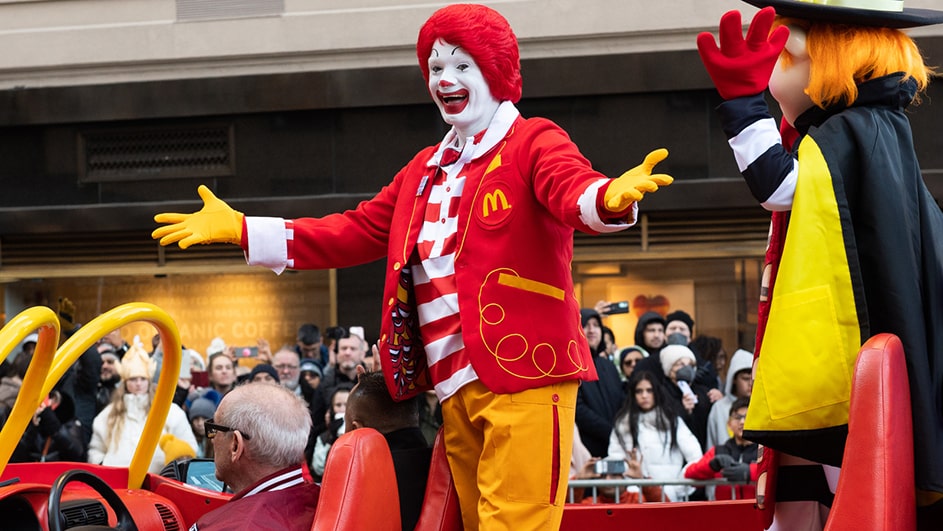
Ronald McDonald, the beloved brand mascot of McDonald’s, holds a special place in the hearts of millions worldwide with his cheerful demeanor and iconic red and yellow attire.
What sets Ronald McDonald apart is his ability to embody the fun and joy of the McDonald’s brand, serving as a symbol of family-friendly dining and good times. His approachable persona creates memorable customer experiences and backs the brand’s values of inclusivity and happiness.
Ronald McDonald has become synonymous with the McDonald’s brand and its commitment to providing quality food and a welcoming atmosphere. He continues to engage with audiences of all ages, contributing to McDonald’s status as a global leader in the fast-food industry.
The Trix Rabbit
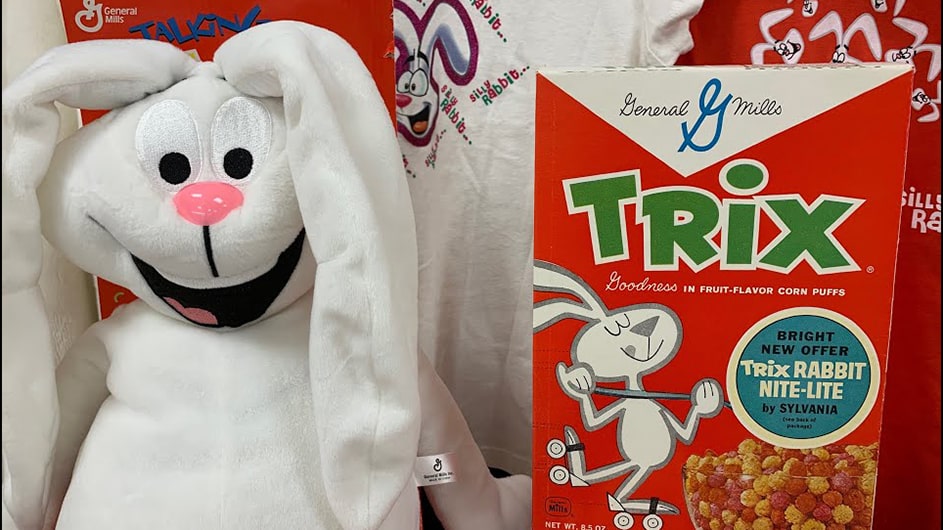
The Trix Rabbit, the iconic mascot of Trix cereal, is known for its whimsical antics and endearing charm. The Trix Rabbit’s role as a character and symbol of the brand’s playful spirit makes it exceptional.
Its mischievous personality creates memorable advertising campaigns and fosters emotional connections with consumers. The result had a lasting impact on brand recognition and loyalty, as the Trix Rabbit has become synonymous with the joy and excitement of breakfast time for generations.
Mr. Clean
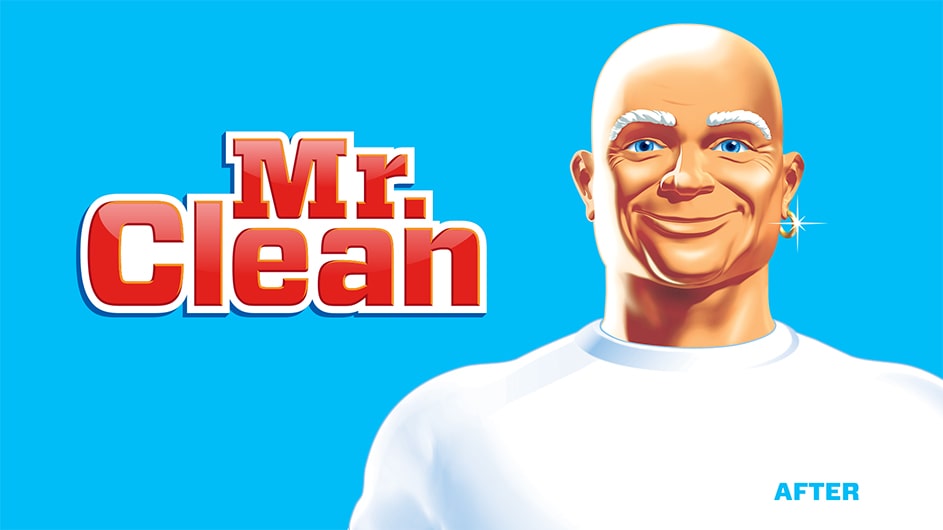
Mr. Clean, the iconic brand mascot of the household cleaning product line bearing his name, stands out for his distinct appearance and memorable persona. What makes Mr. Clean special is his role as a symbol of cleanliness, efficiency, and effectiveness in household cleaning, embodied by his muscular physique and trademark bald head.
His robust and reliable image promotes the brand’s cleaning products and resonates with consumers seeking a solution to their cleaning needs. The result has been a longstanding association between Mr. Clean and quality cleaning products, leading to increased brand recognition and consumer loyalty.
Chester Cheetah

Chester Cheetah, the charismatic mascot for Cheetos, captivates with his confident look and irresistible charm. What makes Chester different is his embodiment of the brand’s playful and indulgent spirit, appealing to snack lovers of all ages.
Chester’s iconic image and attitude are used to promote the brand’s range of cheesy snacks and drive consumer engagement. Through animated commercials, digital marketing campaigns, and social media content, Chester connects with consumers, reinforcing brand loyalty and driving sales of Cheetos products.
Chester enhances brand recognition and creates a sense of fun and excitement around Cheetos, making them a favorite snack choice for those seeking bold flavors and snack-time enjoyment.
The Kool-Aid Man
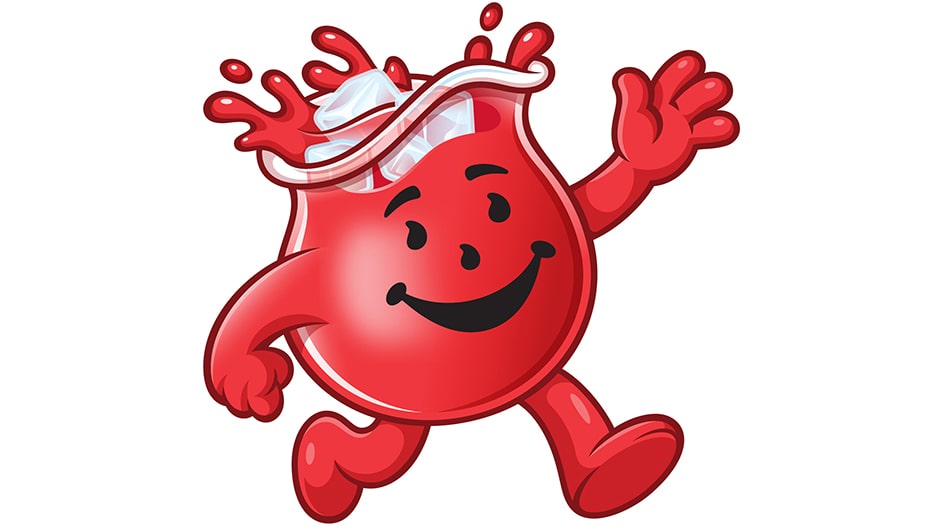
The Kool-Aid Man, the iconic pitcher-shaped mascot for Kool-Aid, is instantly recognizable and beloved for his energetic and cheerful personality. What makes the Kool-Aid Man special is his ability to represent fun and refreshment, representing the essence of the Kool-Aid brand.
His memorable image and catchphrase “Oh yeah!” promote the brand’s wide range of flavored drink mixes and drive consumer engagement.
The Kool-Aid Man connects with consumers through animated commercials, digital marketing campaigns, and experiential events. It has reinforced brand loyalty and increased sales of Kool-Aid products.
The Kool-Aid Man improves brand visibility and creates a sense of nostalgia and excitement around Kool-Aid. It has become the preferred choice for families and individuals seeking flavorful and thirst-quenching beverages.
Snap, Crackle, and Pop
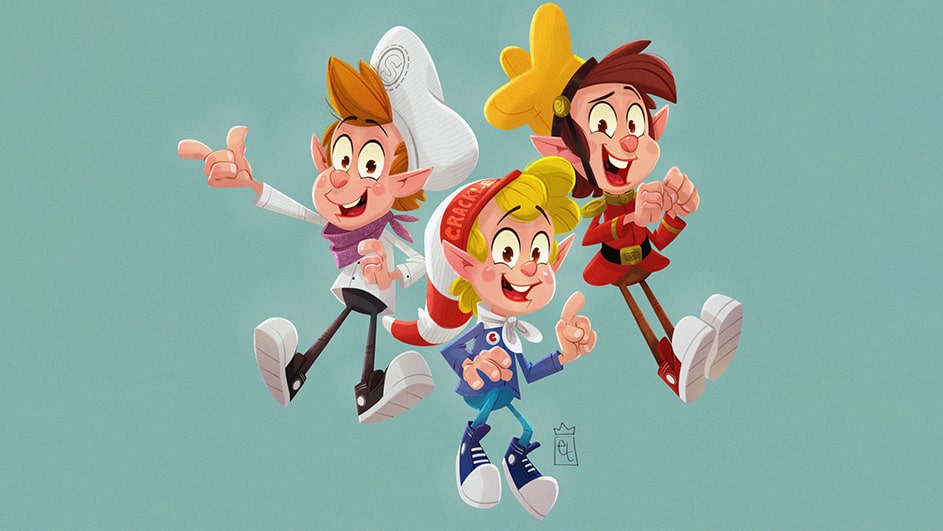
Snap, Crackle, and Pop, the beloved trio of elves representing Rice Krispies, hold a unique place in the hearts of consumers with their whimsical personalities and catchy names.
What sets Snap, Crackle, and Pop apart is their ability to convey the playful and crispy nature of Rice Krispies cereal. The trio could create an instant connection with audiences of all ages.
Rice Krispies used its iconic image and catchy names to promote its crispy cereal and drive consumer engagement.
Through animated commercials, digital marketing campaigns, and interactive packaging, Snap, Crackle, and Pop engage with consumers to enhance brand recognition and evoke nostalgia and enjoyment.
Toucan Sam
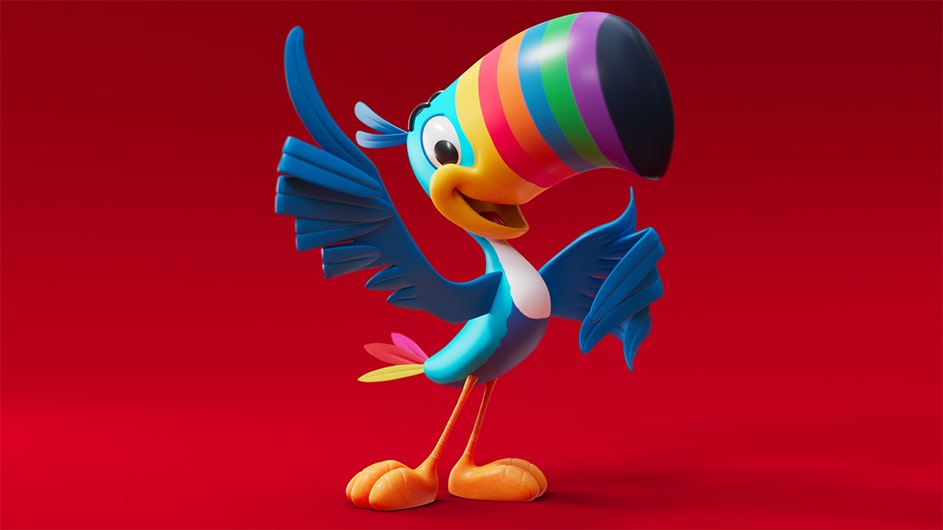
Toucan Sam, Froot Loops cereal’s vibrant and colorful mascot, looks fantastic with his bright plumage and enthusiastic personality. What makes Toucan Sam unique is his embodiment of the Froot Loops brand’s fun and fruity essence.
He could captivate audiences with his adventurous spirit and keen sense of discovery. Froot Loops used Toucan Sam’s iconic image and cheerful demeanor to promote the brand’s fruity cereal and drive consumer engagement. Through engaging with consumers, the brand mascot could drive brand loyalty and boost sales of Froot Loops products.
Cap’n Crunch

Cap’n Crunch, the charismatic and adventurous mascot for Cap’n Crunch cereal, looks appealing with his seafaring charm and iconic white mustache. What sets Cap’n Crunch apart is his embodiment of the brand’s adventurous spirit and irresistible crunch.
He captivates audiences with his lively, nautical look and playful demeanor. His image and memorable catchphrase, “Crunchatize me, Cap’n!” promote the brand’s crunchy cereal and drive consumer engagement.
Through animated commercials, digital marketing campaigns, and interactive packaging, Cap’n Crunch interacts with consumers, improves brand loyalty, and increases sales of Cap’n Crunch products.
The mascot enhances brand recognition and develops a sense of adventure and enjoyment, making Cap’n Crunch a preferred option for families and individuals seeking a satisfying and flavorful breakfast cereal.
Freddy; Mailchimp
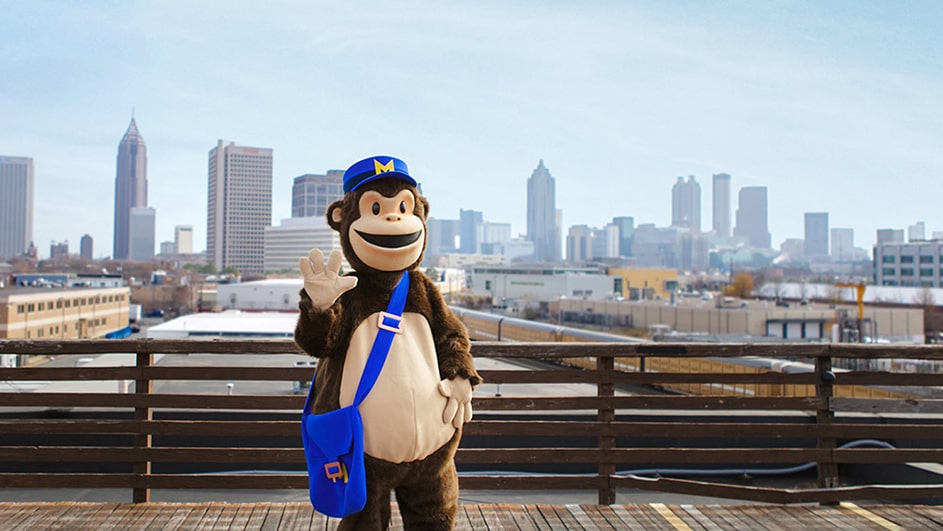
Freddy, the iconic mascot of MailChimp, plays a pivotal role in the brand’s identity, embodying its fun, innovative spirit and approachable nature.
Featured prominently across the company’s branding materials, including its logo, where he is depicted with a characteristic wink, Freddy symbolizes MailChimp’s user-friendly and engaging approach to email marketing.
The mascot’s presence is enhanced by MailChimp’s distinctive color palette, with Cavendish Yellow and Peppercorn accents, contributing to the brand’s memorable visual identity. This strategic use of a mascot underscores the effectiveness of incorporating relatable, animated characters in branding, fostering a closer connection between the company and its users.
The 2018 brand redesign, which updated MailChimp’s logo, color palette, and visual identity elements, retained Freddy’s central role, highlighting his importance in maintaining continuity and embodying the company’s expanded services as a comprehensive marketing platform.
Android Robot (Bugdroid)
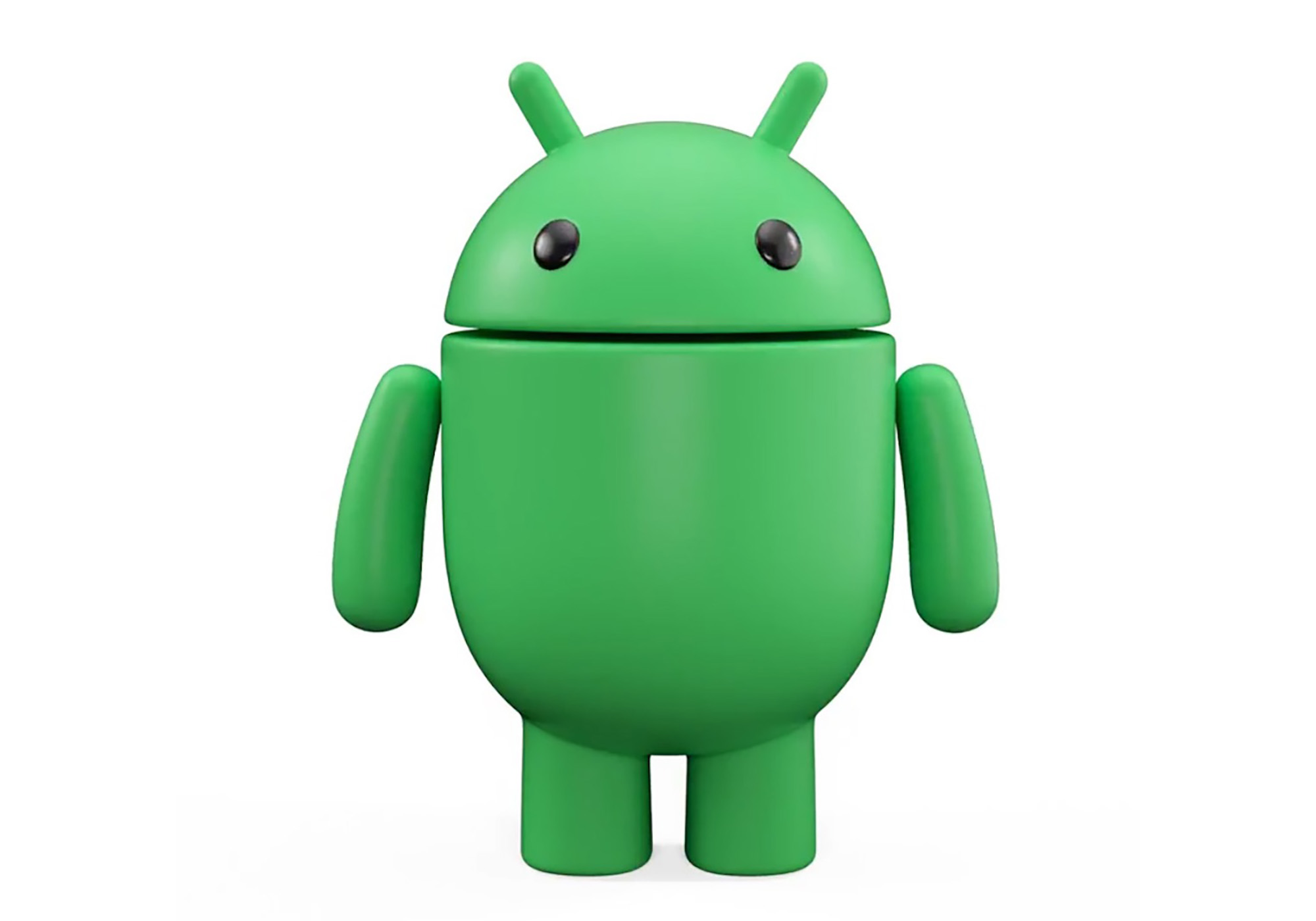
Back in 2007, Google needed a friendly face for its new mobile OS. After sketching wild ideas like droids in suits, designer Irina Blok nailed the simple green robot we call Bugdroid. It beat out edgier concepts to symbolize open-source fun.
Over time, Bugdroid went from flat pixels to a 3D version in 2023, with shiny textures and expressive eyes that pop on screens big and small. This tweak keeps it fresh yet familiar.
Bugdroid wins big by making complex tech feel playful and welcoming, turning users into loyal fans who trust Android’s approachable vibe.
McGruff the Crime Dog

In 1980, rising crime scared families, so the National Crime Prevention Council teamed with the Ad Council to create McGruff: a tough bloodhound in a trench coat. Ad man Jack Keil dreamed him up to bite back at fear with grit.
His design stays steady: floppy ears, stern gaze, and that fedora scream “reliable cop on four legs”. No big overhauls needed; simplicity sticks.
McGruff builds trust by turning dry safety tips into memorable adventures, like “Take a Bite Out of Crime”. Kids listen, communities act, and prevention sticks for generations.
Miss Chiquita

Bananas were just fruit until 1944, when United Fruit Company hired cartoonist Dik Browne to give them personality amid tough wartime shipping.
Enter Miss Chiquita, a sassy banana lady born to jazz up crates and boost sales. By the 1980s, she morphed from a yellow peel sketch into a full woman with heels and a tropical flair, ditching the fruit shape for human charm that screams “exotic delight”.
This shift made her endlessly adaptable. Miss Chiquita cashes in by linking boring produce to joy and adventure, turning grocery runs into mini vacations that keep shoppers coming back.
BuzzBee (Honey Nut Cheerios Bee)
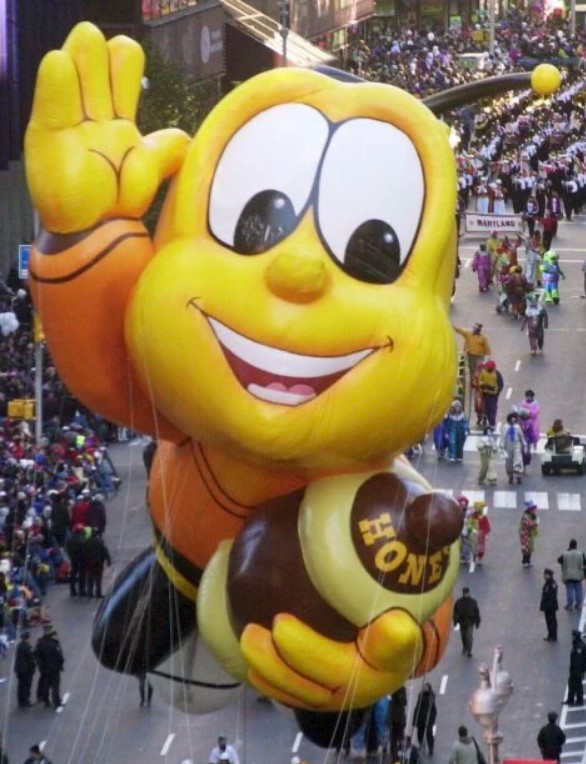
Honey Nut Cheerios launched in 1979, craving a sweet sidekick to the original Cheerios’ plain oats. General Mills buzzed up BuzzBee, a perky yellow bee with rosy cheeks, to hype the honey twist and charm picky eaters. His design slimmed down over the years (bigger eyes for cuteness, sleeker wings for speed) but stayed true to that winking grin.
In 2017, he even vanished from boxes to spotlight real bee woes. BuzzBee scores sales by making breakfast feel like a hive party, whispering “sweet mornings await” and hooking families on fun flavors that start the day right.
The Laughing Cow
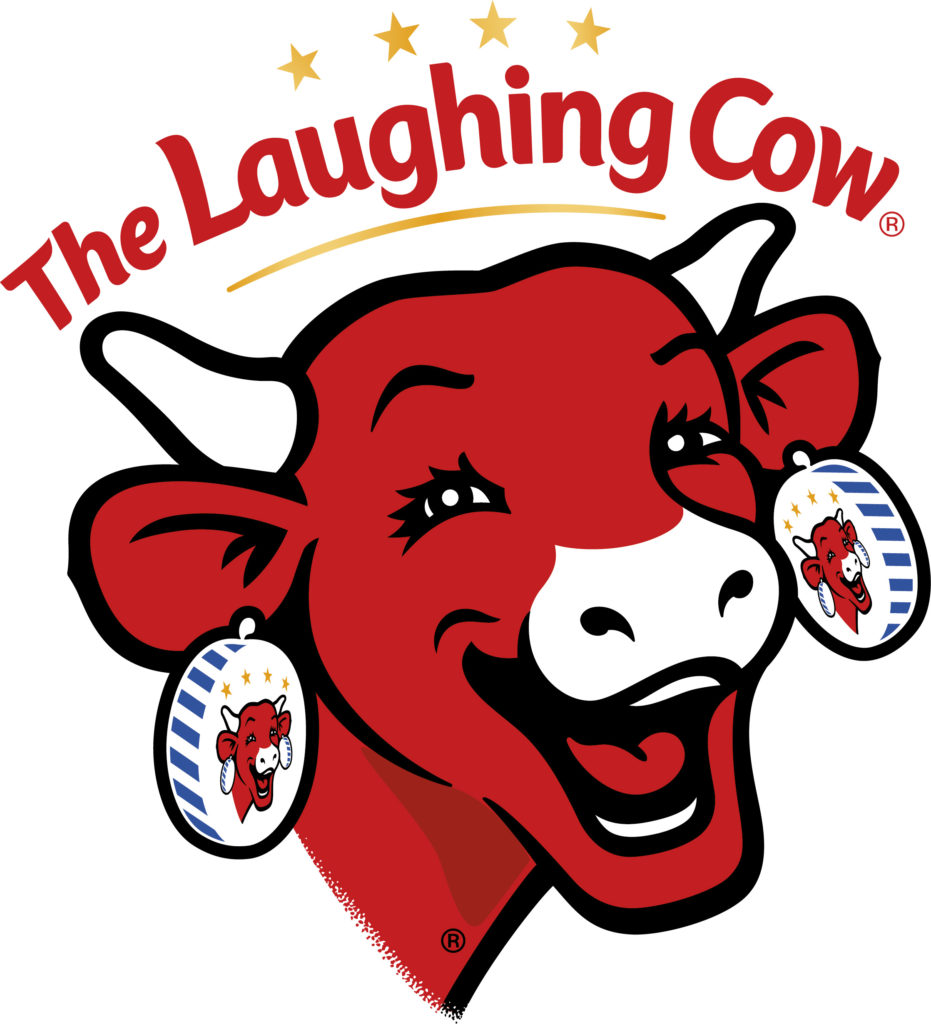
World War I soldiers needed cheer, so in 1921, French cheesemaker Léon Bel slapped a grinning cow on his portable wheels, inspired by Benjamin Rabier’s wartime sketches of jolly bovines hauling supplies.
It stuck as The Laughing Cow, turning bland cheese into a giggle. Her look softened from rugged farm gal to a rosy-cheeked cartoon with a flower crown, eyes sparkling like she’s in on the joke.
This playful polish fits every shelf. She banks trust by wrapping creamy comfort in smiles, proving snack time can lift spirits and keep loyal eaters reaching for that red wheel every day.
MGM’s Leo the Lion

Hollywood roared to life in 1916 when Goldwyn Pictures picked a lion for its logo, symbolizing raw power after studio boss Sam Goldwyn saw one at a zoo.
Enter Leo, the fifth lion in line, who debuted in 1957 with a mighty bellow that echoed silent films into talkies. Designs sharpened over decades, from fuzzy real footage to crisp CGI in 2021, keeping his golden mane majestic yet modern for IMAX screens.
Leo packs a punch by framing every movie as an epic beast, building MGM’s rep as the king of bold stories that draw crowds and timeless awe.
Gerber Baby
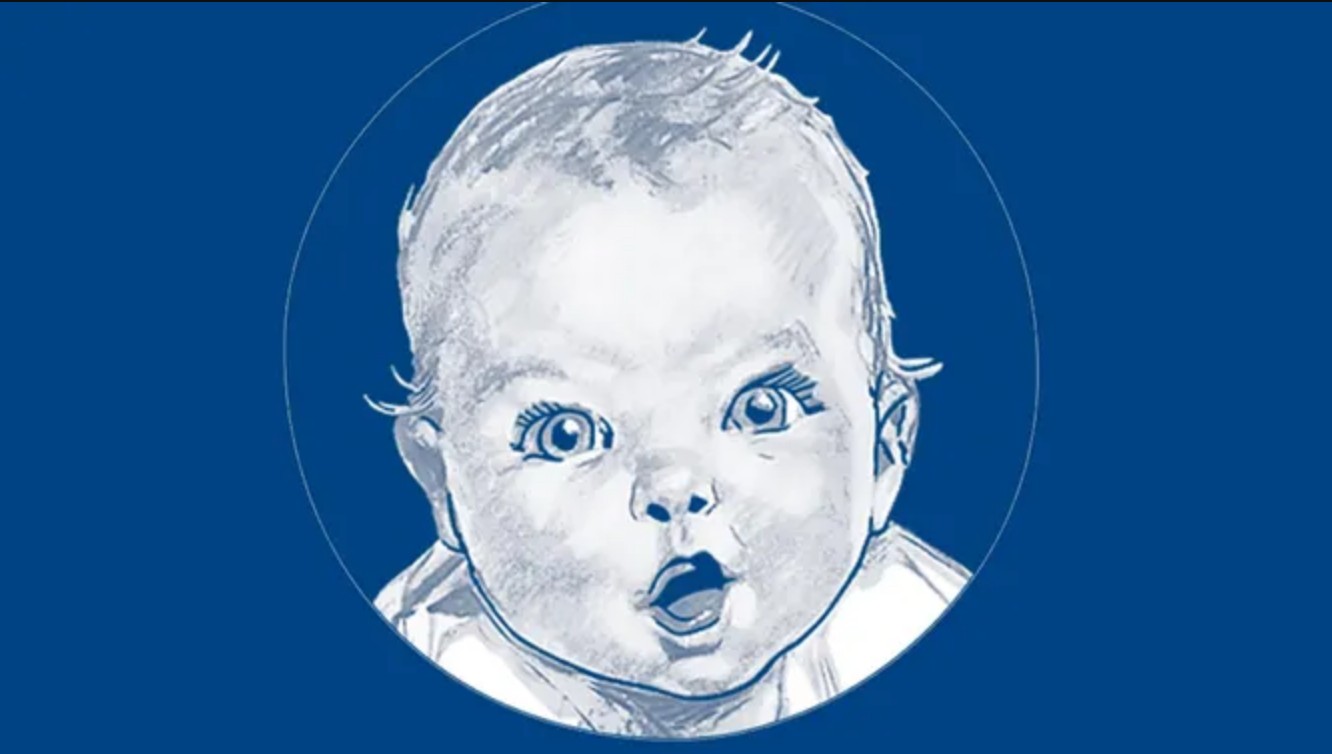
Baby food was a messy business in 1928, so Gerber ran a sketch contest for a fresh face. Artist Dorothy Hope Smith submitted her charcoal doodle of neighbor baby Ann Turner Cook: chubby cheeks, big eyes, no frills. It won hearts overnight.
That simple portrait became the eternal Gerber Baby, unchanged to preserve pure innocence. No tweaks; her gaze hooks every parent. She drives dollars by whispering “safe and loved” to worried moms, turning jars into badges of care that build unbreakable trust in those first spoon-fed smiles.
Juan Valdez

Colombian coffee farmers fought cheap imports in 1958, so the federation hired ad whiz William Bernbach to create Juan Valdez: a mustached grower in a poncho, mule in tow, to spotlight their hand-picked beans.
He debuted hauling sacks with a proud grin. His look holds firm: sombrero shading wise eyes, evoking Andean authenticity without a single update. Juan Valdez brews bucks by putting a real face on far-off farms, assuring buyers every sip supports skilled hands and delivers that rich, story-soaked flavor they crave.
Lucky the Leprechaun

St. Patrick’s Day 1964 called for magic when General Mills unveiled Lucky Charms, birthing Lucky the Leprechaun to guard its marshmallow charms from doubters. Artist John Steventon sketched him as a cheeky sprite with a green hat and a pot of gold.
Over decades, his outfit brightened (emerald vest, bigger buckles) for TV sparkle, but that wink endures. Lucky charms sales by sprinkling “hearts, stars, and horseshoes” into kids’ dreams, making cereal a lucky ritual that conjures giggles and empty bowls morning after morning.
Geoffrey the Giraffe

Toy king Charles Lazarus dreamed up Geoffrey in 1948 while pondering his baby store’s soul: a towering giraffe to reach high-shelf fun for little hands.
Born as “Dr. G. Raffe” in black-and-white ads, he stretched into color by the 1960s with polka dots and a goofy grin that towered over aisles. This leggy charm fits toy chaos perfectly.
Geoffrey giraffes up loyalty by turning shopping into a safari adventure, spotting joy in every corner, and keeping families hooked on the wonder of playtime discoveries.
Pac-Man
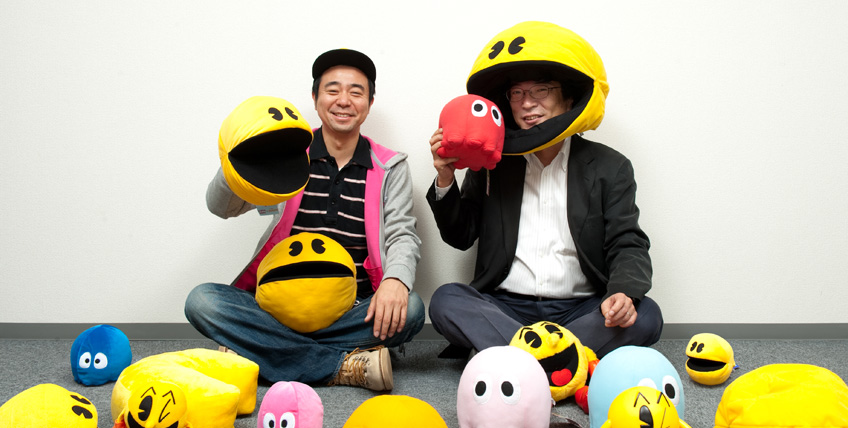
Toru Iwatani craved a snack hit in 1980, sketching Pac-Man from a pizza missing one slice: a chomping yellow disc born at Namco to gobble mazes and ghosts.
Simple dots for eyes, a mouth for munching; it exploded in arcades. Designs layered on, from blocky pixels to sleek 3D spins. Yet, that open gob stays the core muncher. Pac-Man munches profits by trapping players in endless “just one more” chases, building a gobbling empire that turns quarters into cultural chomps and nostalgic bites.
Marlboro Man

Marlboro flopped as a women’s cig in the 1950s, so Leo Burnett reinvented it with the Marlboro Man, a lone cowboy on endless plains, made in 1954 to lasso rugged freedom amid filter fears.
Leo Miner was the first face, squinting into sunsets. His silhouette sharpened over the years, faded jeans, no hat brim, for timeless grit. The Marlboro Man ropes in riches by painting smokes as wild escapes, hooking men with that untamed spirit that triples sales and etches adventure into every drag.
Flo (Progressive Insurance)
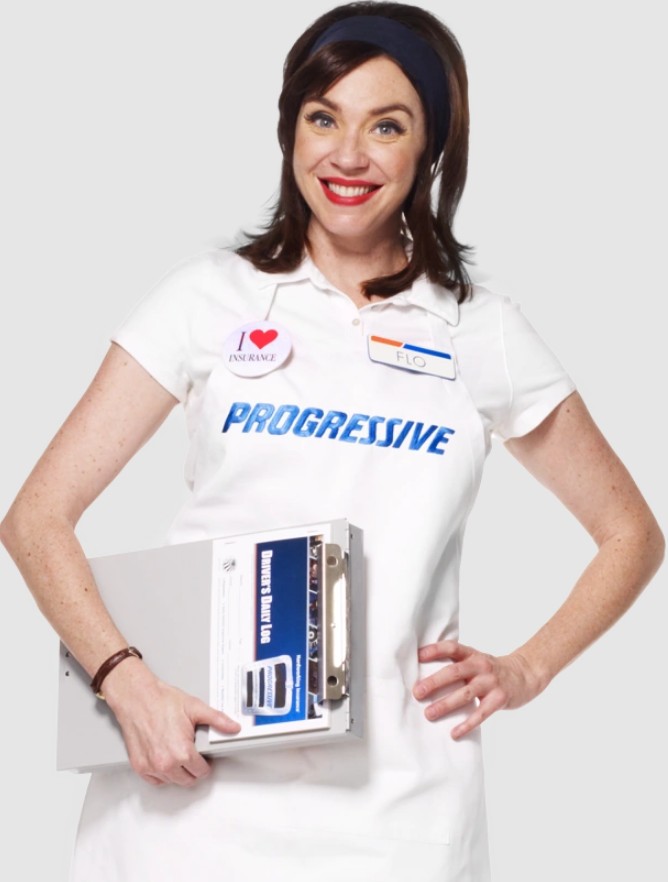
Insurance ads droned on until 2008, when Progressive cast Stephanie Courtney as Flo, a perky agent in a white apron, to cut the chaos with quick wit. She popped from a focus group quip, no grand plan.
Her look stays crisp: name tag, headset, endless smile that lights up screens. Flo flows funds by flipping dread into delight, name-dropping policies like old pals and slashing quotes on average, proving trust blooms from laughs that make “coverage” feel like a high-five.
The Most Interesting Man in the World
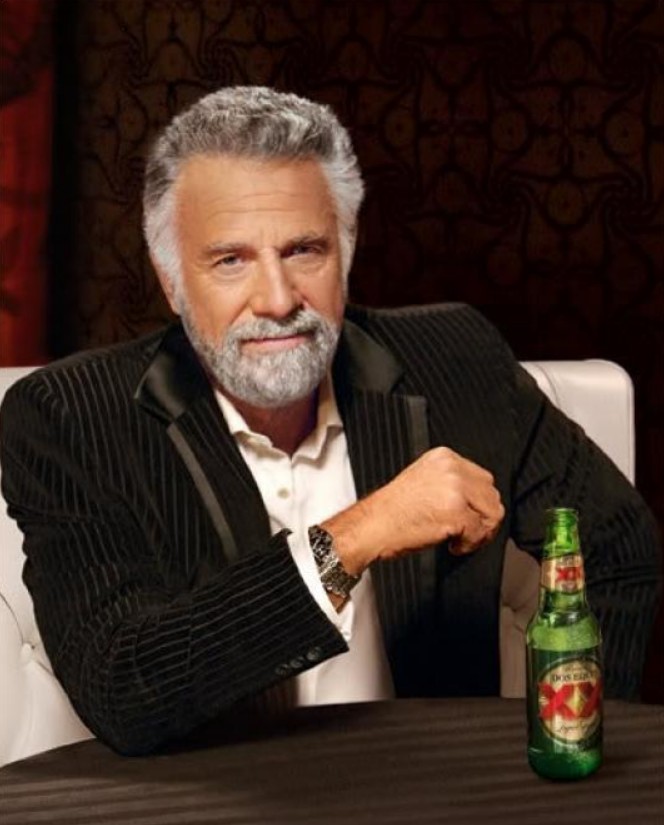
Dos Equis thirsted for edge in 2006, so Euros RSCG cast Jonathan Goldsmith as the suave silver fox. It was born from Hemingway tales, dodging sharks and seducing spies to toast life’s bold sips.
No origin contest; he just intrigued. His design dials charm: tux, cigar, that knowing squint unchanged for viral clips. He increases income by toasting “Stay thirsty, my friends”, turning brews into badges of epic nights that drinkers chase forever.
Chick-fil-A Cows
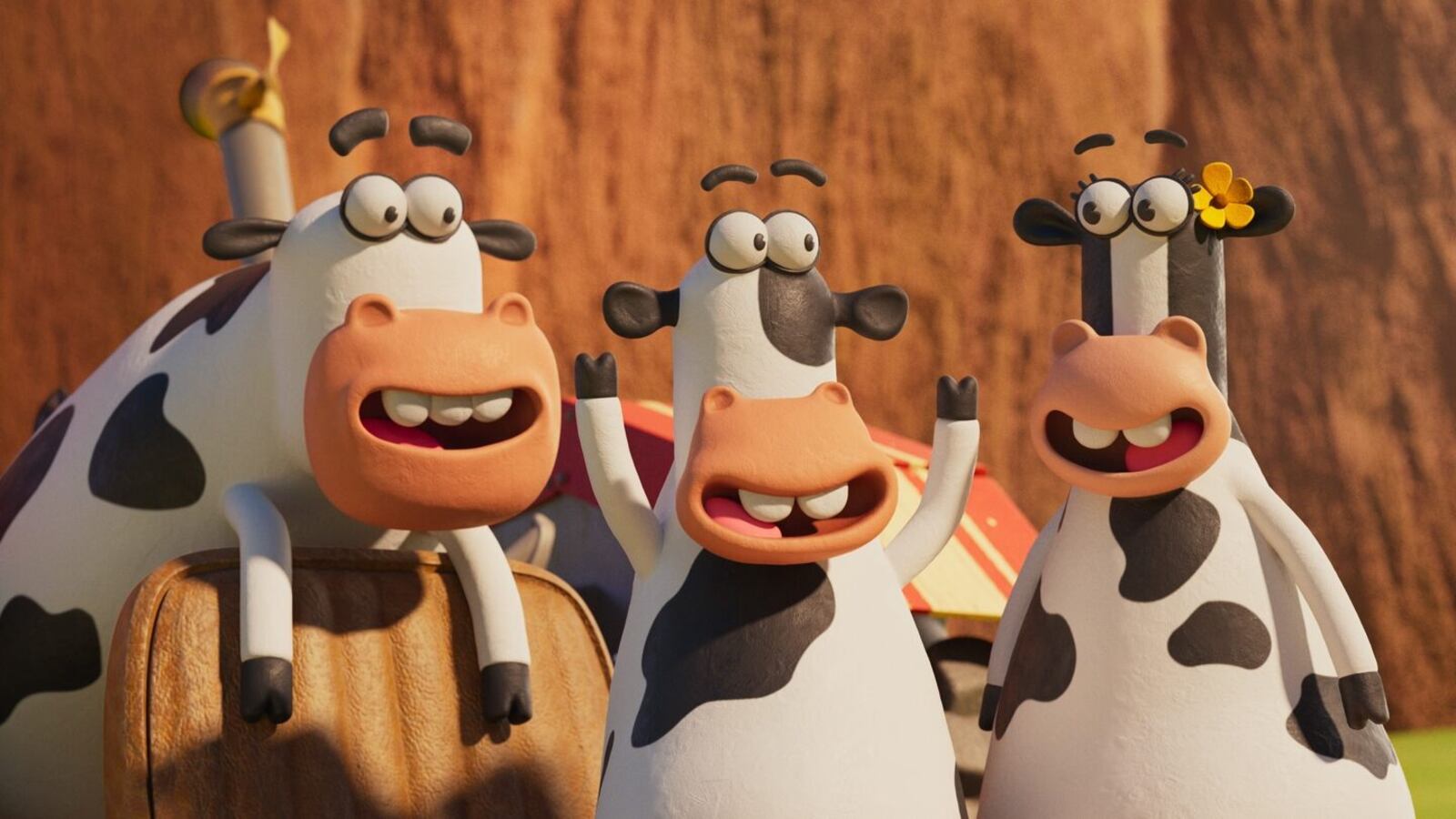
Beef ads mooed loud in 1995, so Chick-fil-A dreamed up two black-and-white cows scrawling “Eat Mor Chikin” on a Georgia billboard to flip the script with misspelled mischief. Voila, the cow campaign clucked to life.
Their polka-dot bows and wobbly letters evolved into costumes and plush pals by 1997, keeping that daft duo vibe. These cows calf cash by poking fun at rivals, rallying chicken lovers with hilarious pleas that boost visits and brand love through guilty grins.
Julius Pringles

Stacked chips needed swagger in 1967, so Procter & Gamble named their tube-born snack after fictional Julius Pringle: a bow-tied gent with a handlebar stache to front the fun.
Early ads sketched him chip-like. By 2021, he slimmed to bold brows and no hair, courtesy of JKR studio, for a punchier can stare-down.
Julius stacks stacks by winking, “Once you pop, you can’t stop”. turning snack breaks into addictive rituals that crunch through billions in yearly munchies.
Pikachu
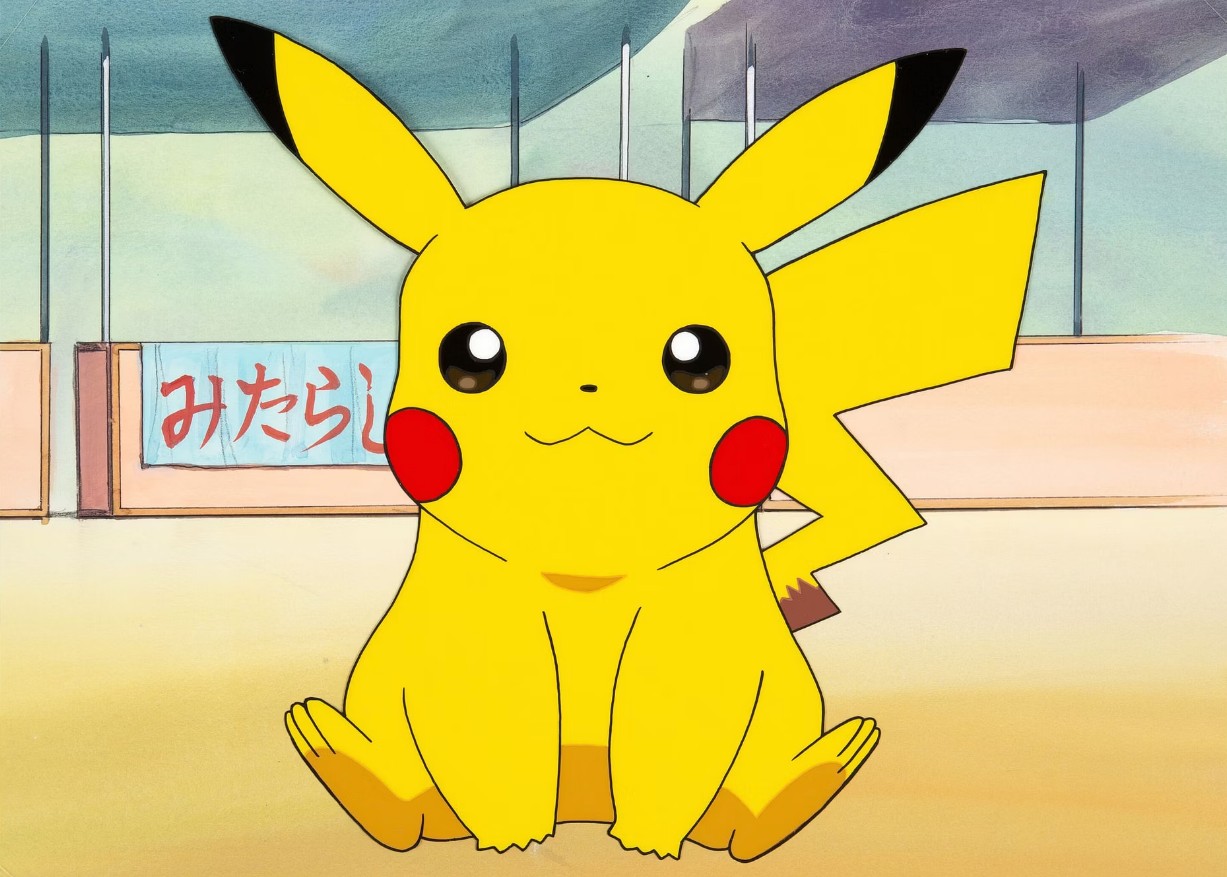
Pokemon hunted a star in 1996, so Atsuko Nishida doodled Pikachu from a squirrel sketch and mochi ball, zappy cheeks born to spark kid bonds in Game Freak’s monster world. Ken Sugimori polished the yellow fluff.
Her design zings static: rosy sacs, tail lightning bolt, rarely tweaked for plush appeal. Pikachu powers poké-profits by stealing hearts as the cute sidekick, launching a franchise where every “Pika-pi!” sparks trades, toys, and timeless team-ups.
Mario
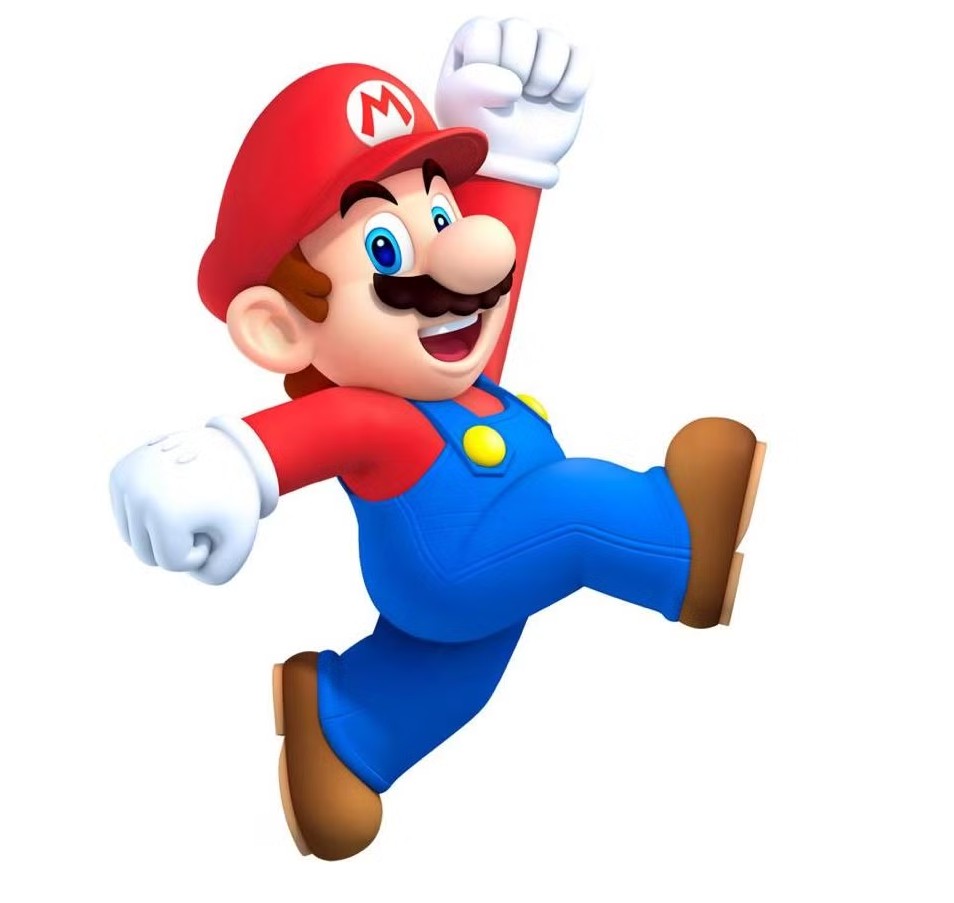
Shigeru Miyamoto mined arcades in 1981, birthing Jumpman: a mustached carpenter in Donkey Kong’s barrels. Mario leaped into Nintendo’s hero era after a cave-exploring epiphany.
Renamed Mario for the landlord, red overalls followed. From pixel stubs to 3D curves in 1996’s Sunshine, his cap and ‘stache anchor every jump. Mario makes money by plumbing everyday grit into joyful quests, amassing a huge cash in games that teach persistence through power-ups and pipe dreams kids conquer daily.
Smokey Bear

Wildfires raged in 1944, so the Ad Council ignited Smokey after rescuing a singed cub from New Mexico’s Capitan Gap blaze. He wears a ranger hat and jeans to rally “Smokey Says” prevention.
Artist Albert Staehle drew his debut stare. Designs warmed from stern to friendly by 1947, slogan shifting to “Only You” in 2001 for personal punch. Smokey smothers sales of safety by owning the fight, one paw print at a time.
Coca-Cola Polar Bears
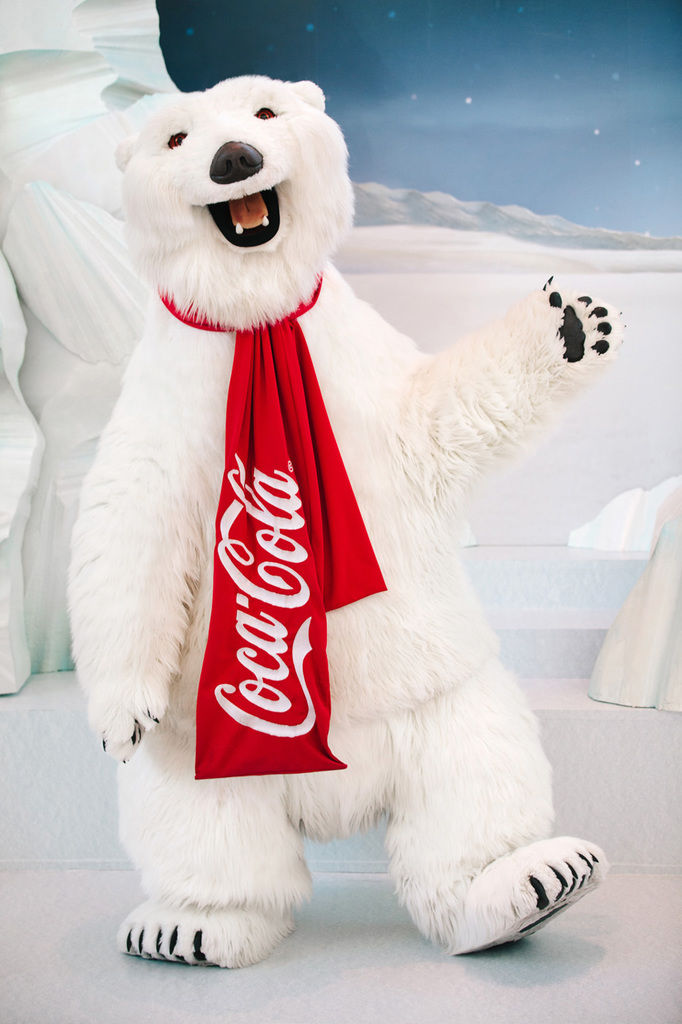
Coke chilled print ads in 1922 with polar bears pawing bottles in French snow, but they hibernated until 1993’s CGI family frolicked back to life for holiday magic. Ken Stewart’s team animated their white fluff.
Designs deepened (curious cubs, aurora glows) for heartfelt warmth that fits any screen. Polar Bears polarize profits by wrapping fizz in family cozies, spiking December sales.
Duo (Duolingo)

Language apps lacked nudge in 2011, so founder Luis von Ahn hatched Duo: a green owl with big eyes—to remind slackers of daily drills in gamified lessons.
Inspired by spectacled owls, he perched on progress bars. Rebrands in 2019 amped his strut: bolder feathers, dynamic poses for app icons that wink back. Duo duels dropouts by turning streaks into feathery friends, boosting retention with viral scares and cheers that make fluency feel like a hoot worth chasing.
Wrapping Up
Brand mascots have been a big deal in marketing for years, helping companies connect with people and even boosting profits by up to 34% (according to MCP). Over time, these mascots have changed a lot, becoming more relatable and in tune with what today’s consumers want.
When a mascot becomes popular, it opens up all kinds of opportunities. They can do more than just sell products—they can also help with things like merchandise and expanding the brand’s reach. Nowadays, with both traditional and digital media in play, there are so many cool ways to tell a brand’s story. By using mascots across different platforms—like social media, websites, live events, virtual worlds, and even TV shows—brands can really draw people in and keep them engaged.
As media keeps evolving, so do brand mascots. With social media and virtual worlds becoming more popular, classic mascots are being turned into virtual influencers. This combines the best parts of traditional mascots with the appeal of modern influencer marketing. These virtual mascots can chat directly with fans through their own social media profiles, making them a friendly and approachable face for the brand that stays consistent and engaging.
Unlike human reps who might retire or fade out, a virtual mascot can stay fresh and relevant, always connecting with the audience. As brands look to the future, the potential for mascots to create deeper connections and long-lasting loyalty is huge.
How Dream Farm’s Total Solution Approach
Over the past 10 years at Dream Farm, we’ve learned that creating effective mascots requires more than great design. With our extensive experience in animation and character design, we identified a crucial gap: the need to combine strategic marketing with engaging visual storytelling. This realization inspired us to develop our Brand Mascot Total Solution approach.
Instead of just designing appealing characters, we focus on making sure mascots align perfectly with a brand’s needs. Our approach covers everything from the initial brand research to the design of the characters and the creation of content. But where we really shine is in what happens after the mascot is created. We specialize in launching mascots and developing long-term strategies to keep them effective and relevant, especially in a world where digital technology and consumer preferences are constantly changing
Our approach is unique because it treats mascots as key communicators for the brand, not just as visual elements to add to a logo. This focus on integrating creativity, strategy, and technology ensures that mascots play a central role in brand communication over time.
If you’re considering adding a mascot to your brand, feel free to reach out to us. We’re here to help you figure out if it’s the right move and how to make it work best for your brand.
Editor’s Note: This article was originally published on February 29, 2024. We treat this article as a living document. As of December 11, 2025, we have rewritten over 60% of this content to include new data, recent examples, and current best practices.

Fareena
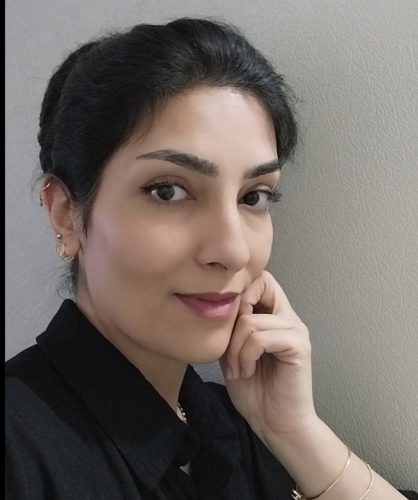
Leila
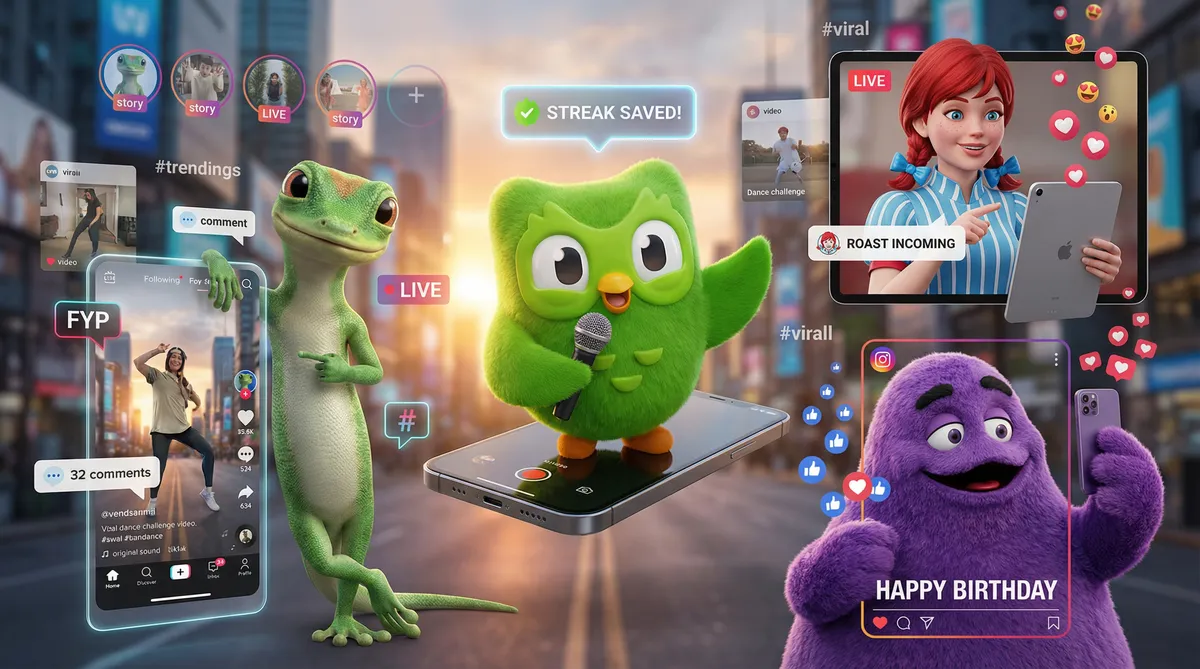


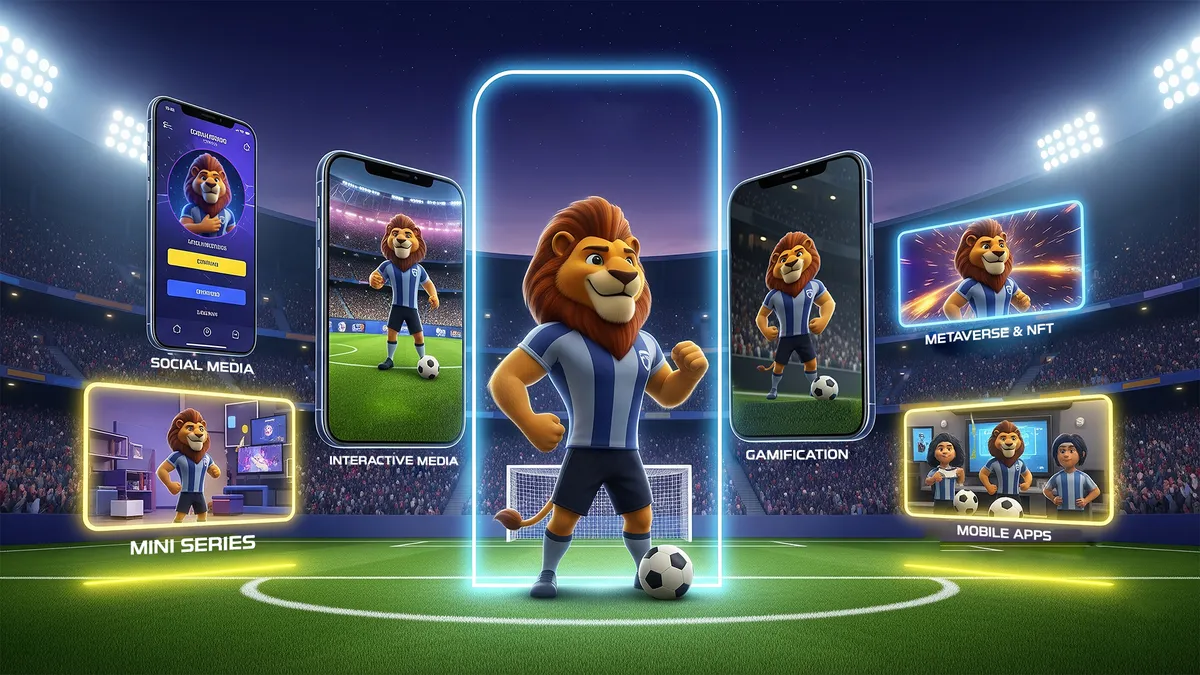
Thanks for this thorough post. I couldn’t find any other blog that covers the topic as comprehensively as this one.
Meticulous Review, Great Job Here.
I fall in love with Freddy!
Hear me out… the Kool Aid Man
Wow, I love this! So nostalgic and so many beloved mascots! 🥰
how is duo not on year!!!
Where is the Man from Glad